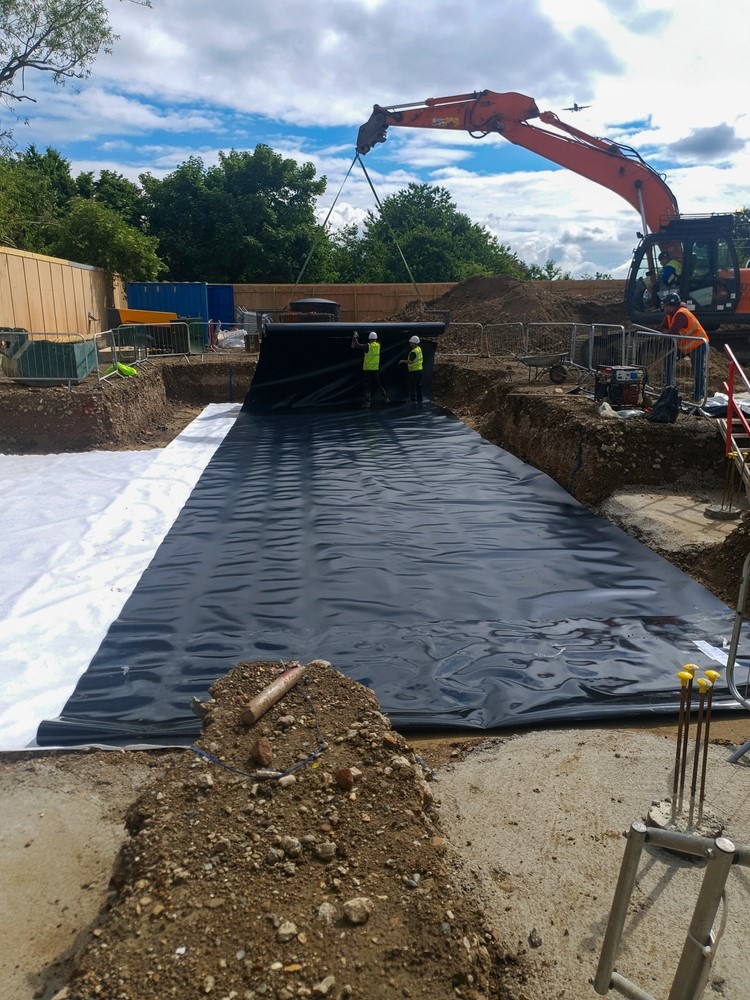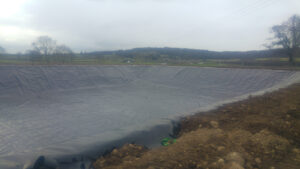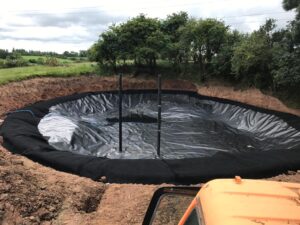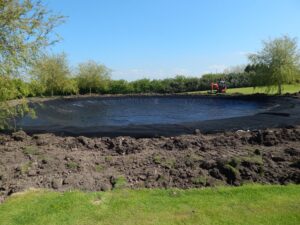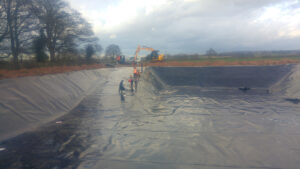A Developer’s Checklist for 2025
When selecting an attenuation tank installer in 2025, developers should prioritise firms with a strong history of successfully delivering projects comparable in size, complexity and regulatory context. Enviroseal’s extensive portfolio spans residential, commercial and industrial sites across the UK, showcasing their ability to adapt to diverse site conditions and regulatory requirements. Their proven track record means they understand how to navigate site-specific challenges such as varying soil types, groundwater levels and access restrictions. This experience translates into smoother project execution and fewer unexpected issues during installation or inspection phases. Developers should also look for companies that can provide references and case studies demonstrating consistent high-quality outcomes and client satisfaction.
Confirm Current Certifications and Regulatory Knowledge
Given the fast pace of regulatory evolution in stormwater management and SuDS, developers need to ensure their chosen installer maintains up-to-date professional certifications. Enviroseal prioritises continuous training for its workforce and stays actively engaged with regulatory bodies, industry associations and technical working groups. This ensures their installation practices comply with all current UK standards, including emerging best practices and environmental requirements. Verifying an installer’s certification status and regulatory knowledge reduces risks of non-compliance that can delay projects or lead to costly remediation work later on.
Assess Quality Assurance and Testing Procedures
High-quality attenuation tank installations require rigorous quality assurance measures. Developers should inquire about the installer’s site preparation protocols, welding standards, material specifications and post-installation testing procedures. Enviroseal implements meticulous site preparation to create stable foundations and prevent soil movement around tanks. Their certified welding techniques ensure strong, leak-proof seams, backed by comprehensive air pressure and vacuum testing. This approach guarantees structural integrity and hydraulic performance, preventing failures that could result in flooding or environmental harm. Ensuring robust quality control protects developers’ investments and reduces lifecycle maintenance costs.
Demand Transparent Communication and Documentation
Clear, ongoing communication and detailed project documentation are critical for successful attenuation tank projects. Enviroseal excels in providing regular progress updates, early identification of potential issues and collaborative planning with developers and contractors. This openness fosters trust and keeps projects on track. Additionally, comprehensive documentation packages—including installation certificates, compliance reports and maintenance instructions—facilitate smooth inspections and future asset management. Developers should choose installers who prioritise transparency and client support throughout the entire project lifecycle to avoid surprises and ensure regulatory compliance.
For further information or to discuss project requirements, please contact Enviroseal at 01695 228 626 or enquiries@enviroseal.co.uk.

